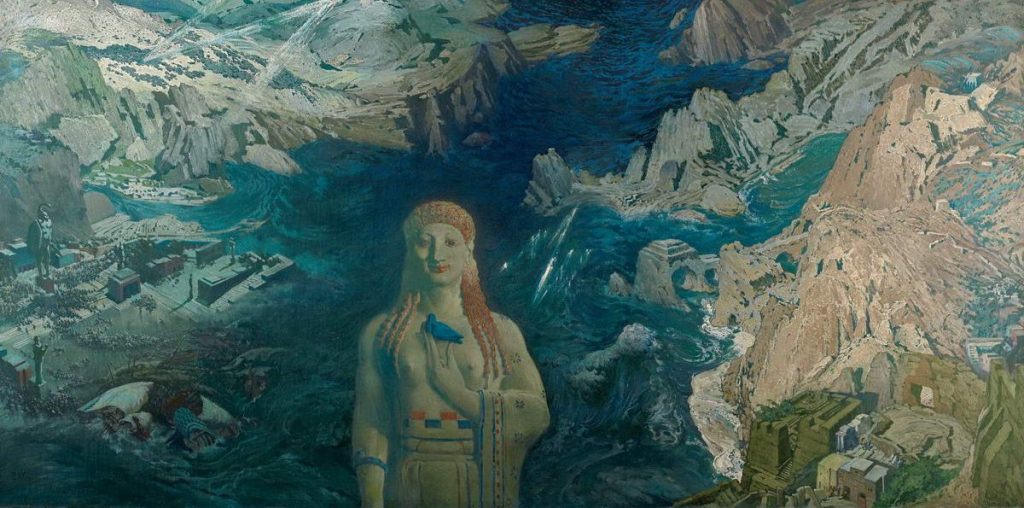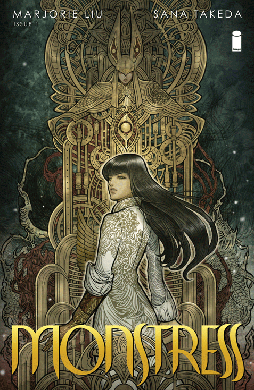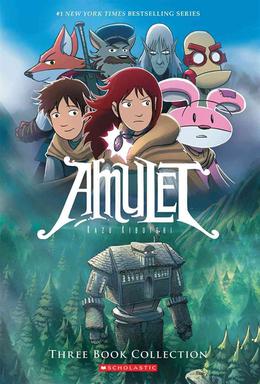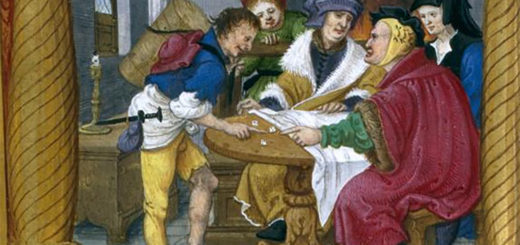Comics As Tabletop RPG Campaign Settings
First off, tip of the hat to all the folks that hand-forge their own roleplaying settings. Worldbuilding is no trivial feat. Two favorites by friends are Aurikesh by Brandes Stoddard and Catamaran by Lee Hammock. While nothing alike, they are examples of folks putting in a lot of time, energy and creativity to make a world to hold their stories and those of their players.

But what about those worlds of fiction where you’re a passive participant in the story. There is a long tradition of gamemasters “adapting” works of fiction in part or in whole into game systems… with mixed levels of success. In last few decades, the video game rights of intellectual properties have become as valuable, if not more valuable than the original works in some cases. Tabletop roleplaying doesn’t seem to quite the same colossi as their electronic cousins, but I often run across a piece of fiction that makes me say “I’d love to play an RPG in this world!”
Here are a few from comic books or graphic novels:
 Monstress
Monstress
The first time I tried to explain why they should be reading this book to a friend, I came across as a gibbering fan waving gorgeous panels in front of their face. Written by Marjorie Liu and drawn by Sana Takeda, Monstress is positively intoxicating visually and verbally (and various Hugo and Eisner awards would agree). Set in a tumultuous world peopled by two primary races, Arcanics, fey-like creatures with animal traits and humans, including the order of Cumeaea, who kill and process the Arcanics to fuel their magic. The world is a rich matriarchy with heavy influences from 1900s Asia but is easily accessible by European audiences as well. The main story revolves around, Maika Halfwolf, an Arcanic with a mystic bond to a primordial entity.
Artwork aside (and that is a very hard thing to do), what really hooked me is the way they integrate serious issues of racism, war, and slavery, through the voices of characters who range from satisfying evil to deeply complicated and flaw, but inherently good. The former provide a cathartic outlet to focus on, while the later constantly tug you back and forth over their motivations, actions and whether you support them at any given moment.
Why would Monstress be a great tabletop RPG setting?
It is a world during a period of incredible flux with numerous factions, motivations and goals for characters to connect with. Not all of these are directly opposed, so as long as they fall mostly on one side or another, there is great chemistry for interplay. While there is extremely potent “plot-level” magic, there is also plenty of less potent forces that players could access to make them formidable shapers of the story without undermining the looming threat that adds so much to the atmosphere of this setting.
Why would Monstress be a tough tabletop RPG setting?
Like a lot of fiction, Monstress has a primary heroine around which much of the pivotal action occurs. Would-be designers might have to pull back from that and establish a niche for the characters. I don’t think this would be insurmountable but might require a little shuffling of the core material.
Monstress Volume 1: Awakening
 Amulet
Amulet
Even without the immense popularity of supposedly “juvenile” fiction among adults, I’d have absolutely no hesitation telling people that a nine-year old recommended this book to me and I’ve really enjoyed it.
Illustrated and written by Kazu Kibuishi, Amulet begins by following a very familiar formula… children exploring a relative’s house discover magic and another realm. This world is populated by elves and intelligent animals, but that’s were things diverge. A surprisingly mature economic, technological and political setting is unveiled as they explore the world and find their significant importance in it. While not as dark as Monstress, Amulet isn’t without its complexities. Characters shift and blur between villain, ally and friend; the spotlight isn’t always on the main protagonist. The world of Amulet itself, called Alledia also enjoys this type of development; revealing more depth and complexity without losing coherence.
Why would Amulet be a great tabletop RPG setting?
Amulet enjoys that combination of diversity of interests, backgrounds and motivations in its characters and setting that could loan themselves very well to composing a party of characters and their motivations. These might be a bit more simplified than those in Monstress though, but I think that could encourage more original nuance from the players and their gamemaster. I also think that Amulet could appeal to a much broader age range.
Why would Amulet be a tough tabletop RPG setting?
Even more so than Monstress, the primary magic/powers of the world of Amulet are extremely potent. Fully realized they are huge plot movers. Most of the other forces in the setting are martial or steampunk and while these have enormous flavor, they really can’t complete with the “Stonekeepers”. Potential designers might have to do some re-imaging, focus play off this aspect of setting or consider some sort of rotating spotlight approach to prevent it from overshadowing other activities and events.
The Stonekeeper (Amulet #1)







